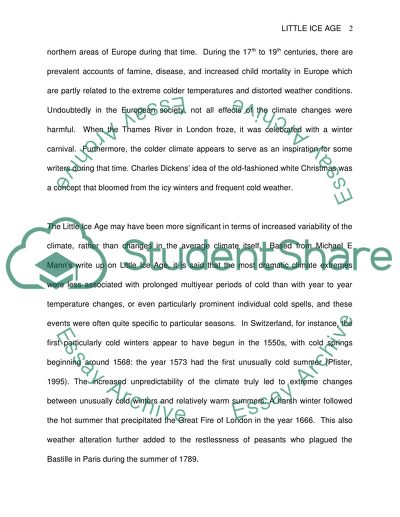Cite this document
(“The Little Ice Agehistory middle ages Essay Example | Topics and Well Written Essays - 2500 words”, n.d.)
Retrieved from https://studentshare.org/miscellaneous/1515909-the-little-ice-agehistory-middle-ages
Retrieved from https://studentshare.org/miscellaneous/1515909-the-little-ice-agehistory-middle-ages
(The Little Ice Agehistory Middle Ages Essay Example | Topics and Well Written Essays - 2500 Words)
https://studentshare.org/miscellaneous/1515909-the-little-ice-agehistory-middle-ages.
https://studentshare.org/miscellaneous/1515909-the-little-ice-agehistory-middle-ages.
“The Little Ice Agehistory Middle Ages Essay Example | Topics and Well Written Essays - 2500 Words”, n.d. https://studentshare.org/miscellaneous/1515909-the-little-ice-agehistory-middle-ages.


